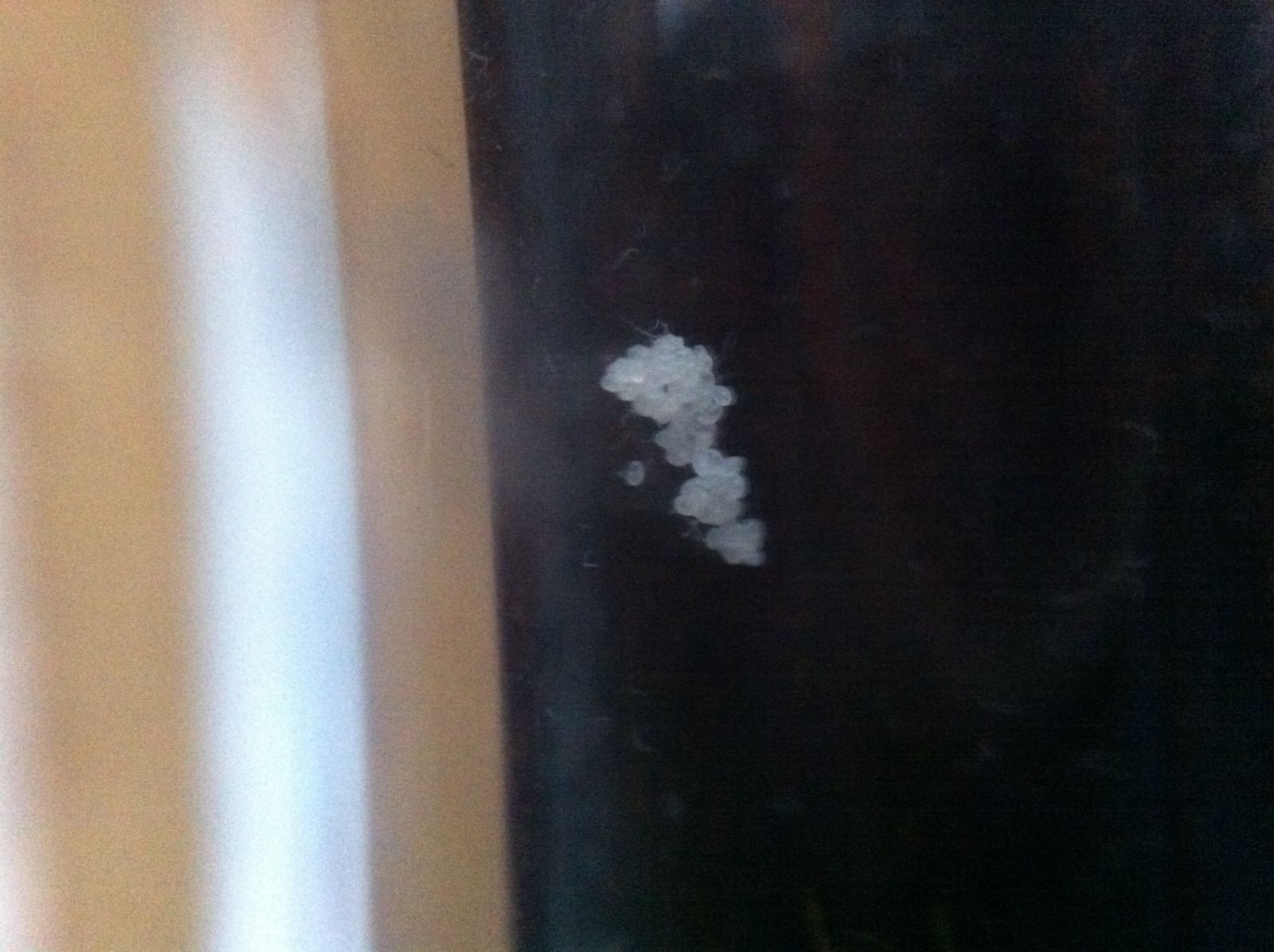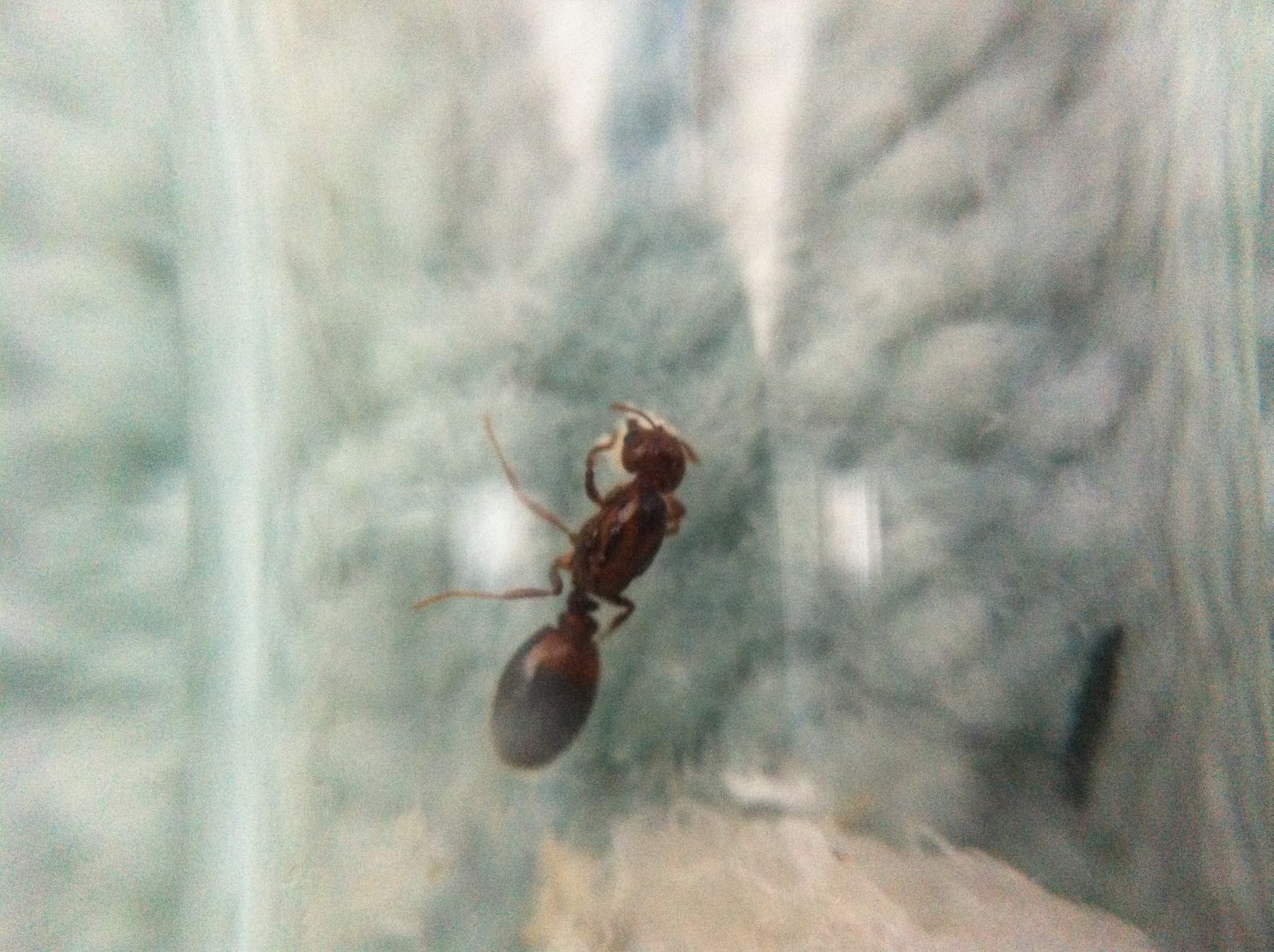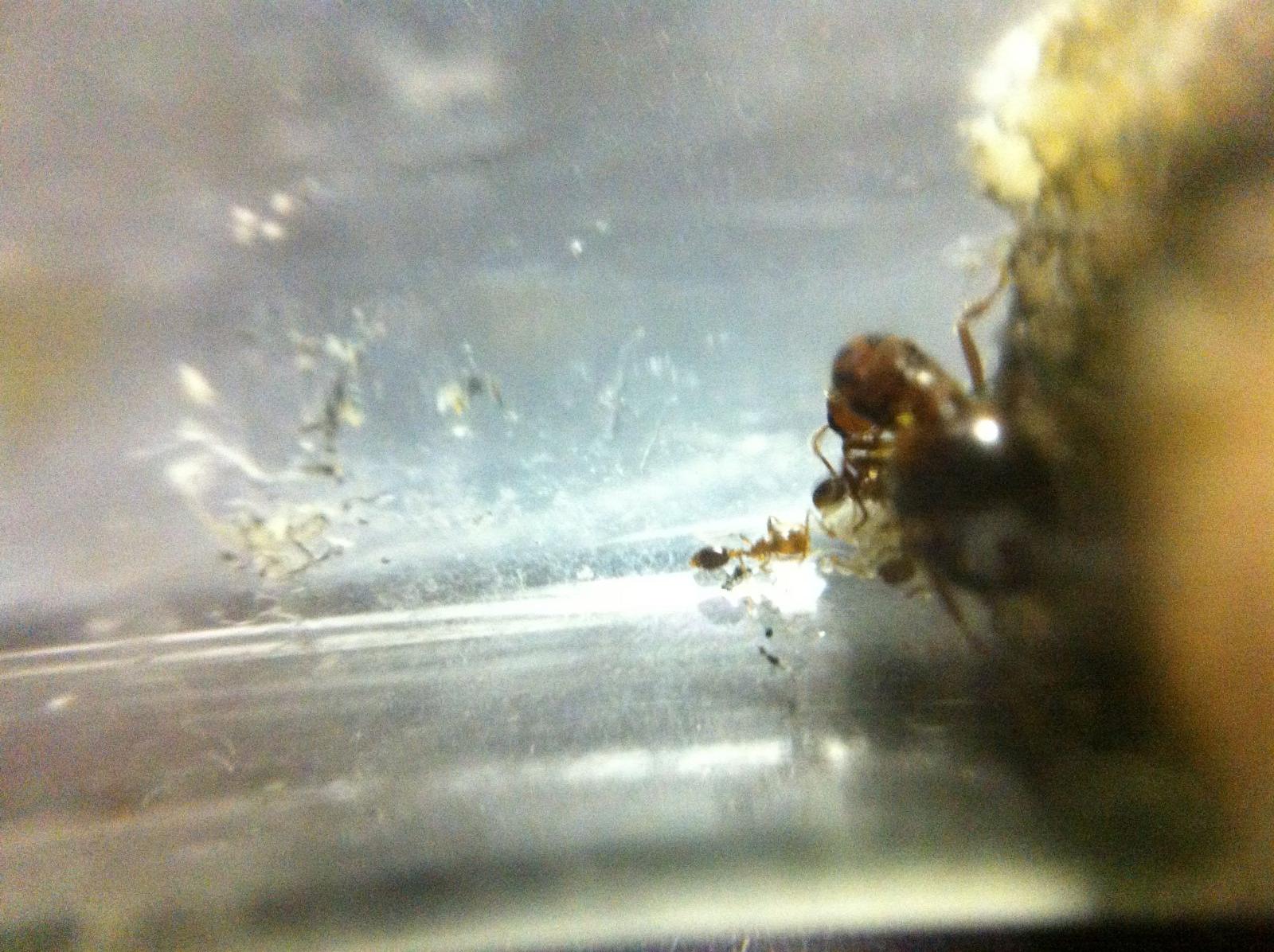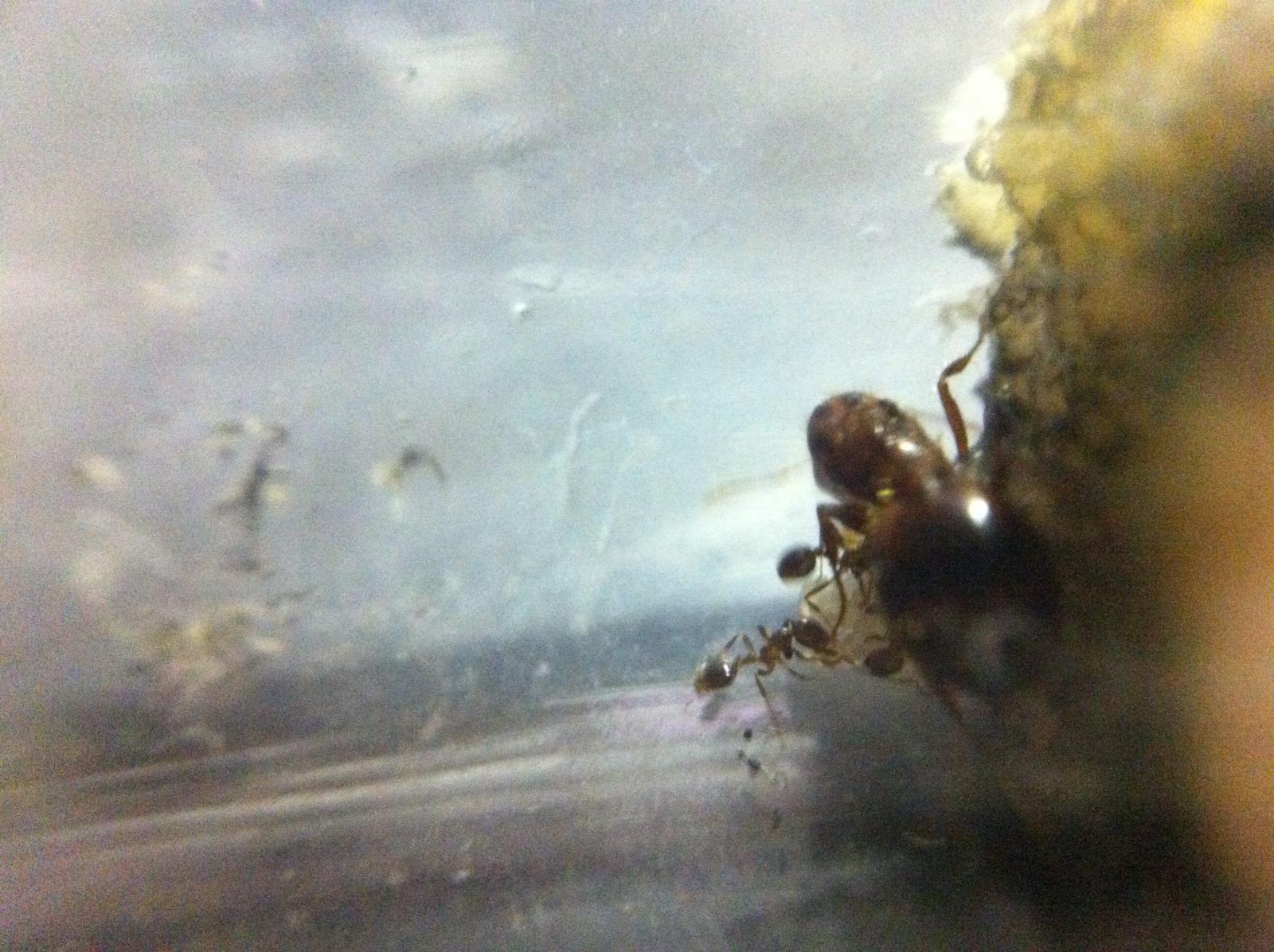1-15-15
I forgot to start this journal earlier, so I'm starting it now. I caught two Solenopsis invicta queens under rocks. One was at Blast Soccer Complex in San Bernardino, and the other was in Chino Hills State Park. I set them each up in a normal test tube setup.
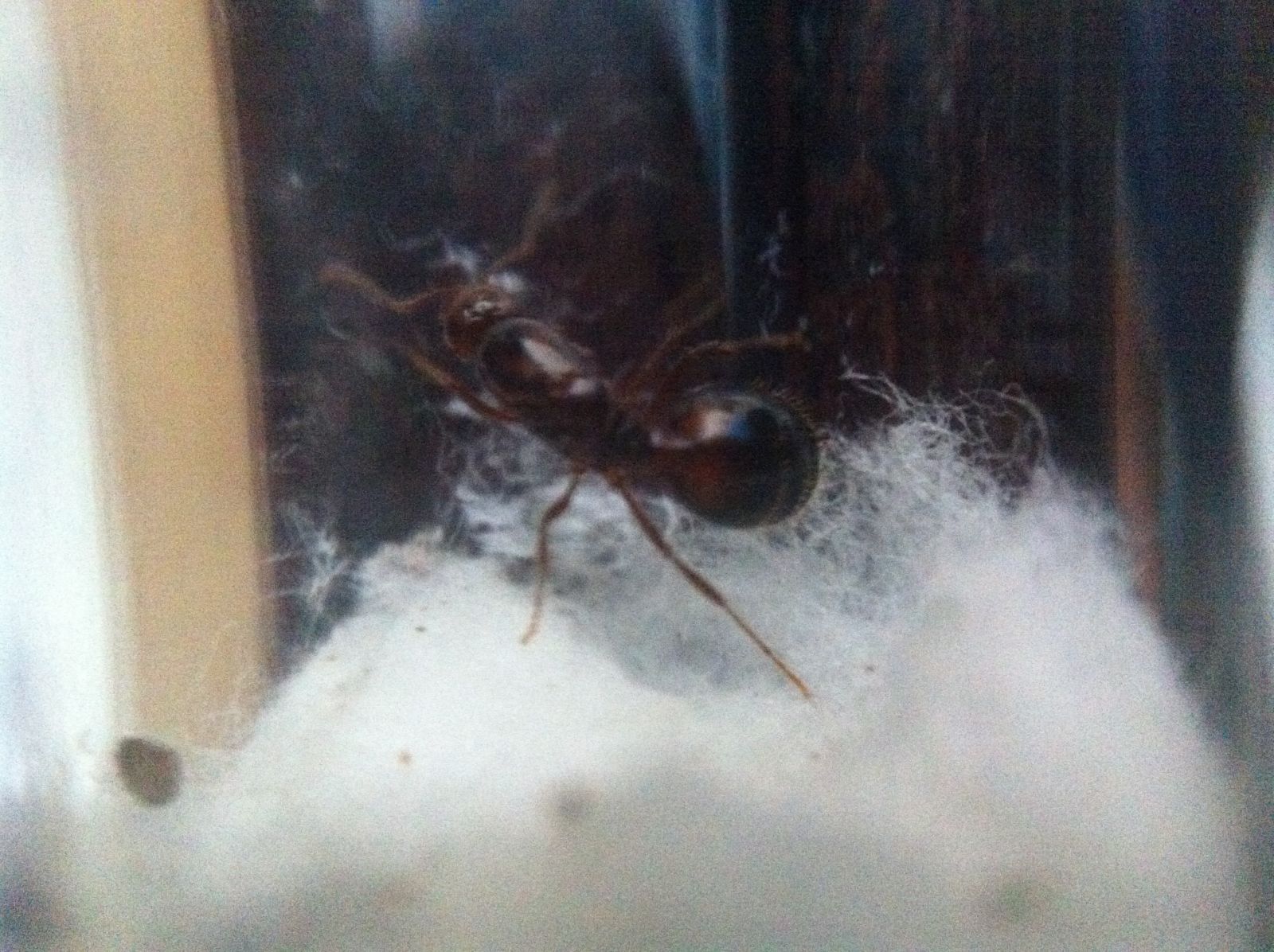
Edited by kellakk, June 10 2015 - 9:49 PM.





